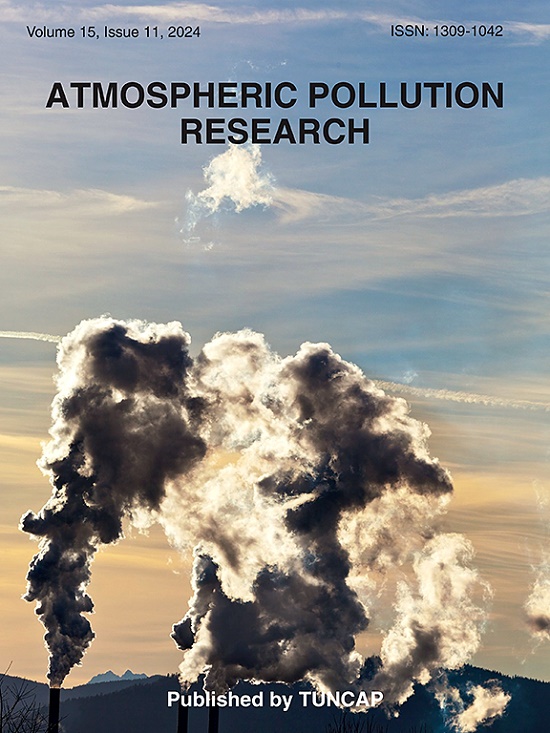Can “fine scale” data on air pollution be an evaluation tool for public health professionals?
IF 3.9
3区 环境科学与生态学
Q2 ENVIRONMENTAL SCIENCES
引用次数: 0
Abstract
Air pollution is one of the greatest environmental risks to health and mainly made up of Particulate Matter (PM or PM10 and PM2.5). The PM2.5 value is a good proxy of air pollution. This paper aims to analyse the possible use by health professionals of "fine scale" satellite data as regards PM derived from the EPISAT study to monitor air pollutants the population may be exposed to. Through the Open-Source GIS, EPISAT data was analysed to provide high spatial (1 km2) resolution estimations.
Differences between domestic and industrial pollution was carried out by Regional Agency for Environmental Protection database. From 2013 to 2019, the trend of the annual average concentration of PM2.5 in the territory of Local Health Authority of South East Tuscany was examined. In 2015 a peak in PM2.5 values was registered. From the 2019 data, the percentage of cells in which recommended PM2.5 values were exceeded, percentage of population affected by the exceedances and population weighted exposure (PWE) or the annual weighted average exposure for the population residing in each individual cell were calculated. The highest PM2.5 values were concentrated in the provincial capitals and in the Valdarno area. Maximum annual average PM2.5 values were recorded in the city center area of Arezzo (14.91 μg/m3) while the lowest values were recorded in countryside areas. In 2019, all cells studied recorded levels exceeding the WHO limit value; 3.2% of the cells had double the value recommended and the exposed population turned out to be 47.4% of the total studied. Analyzing data on the municipality of Arezzo showed that there is a statically significant difference between the exposure of citizens living in the center compared to those in the suburbs. PWE values (11.6 μg/m3) turned out to be about 25% higher than average air concentration values (9.4 μg/m3). The fine scale data due to high precision and high resolution, have shown how average air PM2.5 concentrations in a given territory may lead to a clear underestimation of the population's exposure, especially in areas with extreme geographical, anthropic and economic heterogeneity. The use of this data can be particularly helpful for monitoring the exposure to air pollutants of a local population and characterizing a territory for direct programming and planning policies in areas with an industrial vocation and to give a thought to environmental justice.
求助全文
约1分钟内获得全文
求助全文
来源期刊

Atmospheric Pollution Research
ENVIRONMENTAL SCIENCES-
CiteScore
8.30
自引率
6.70%
发文量
256
审稿时长
36 days
期刊介绍:
Atmospheric Pollution Research (APR) is an international journal designed for the publication of articles on air pollution. Papers should present novel experimental results, theory and modeling of air pollution on local, regional, or global scales. Areas covered are research on inorganic, organic, and persistent organic air pollutants, air quality monitoring, air quality management, atmospheric dispersion and transport, air-surface (soil, water, and vegetation) exchange of pollutants, dry and wet deposition, indoor air quality, exposure assessment, health effects, satellite measurements, natural emissions, atmospheric chemistry, greenhouse gases, and effects on climate change.
 求助内容:
求助内容: 应助结果提醒方式:
应助结果提醒方式:


